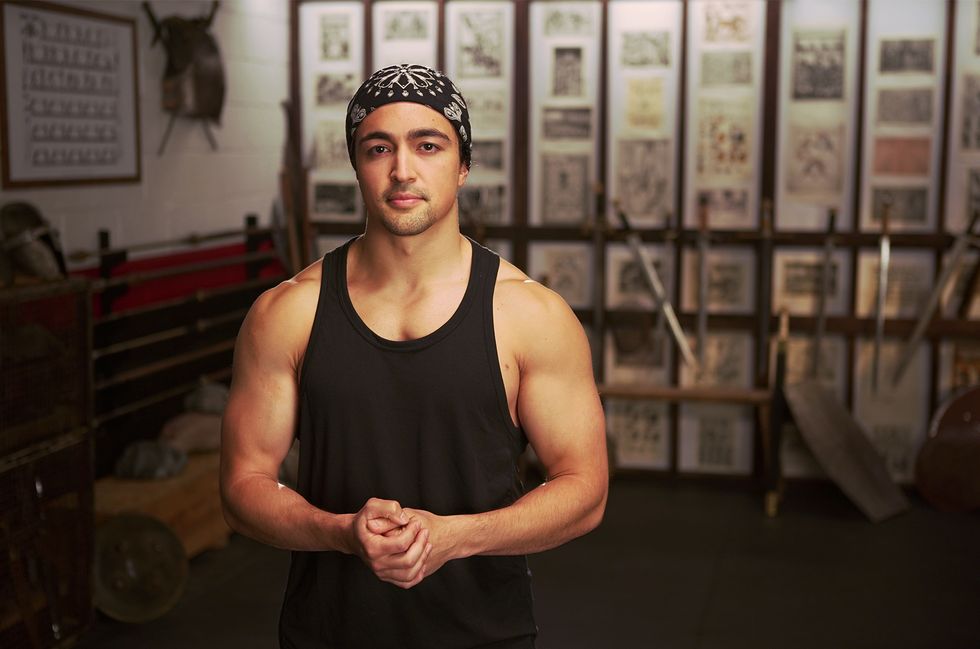— Waiting to meet standard criteria less likely to lead to LV normalization
by
Nicole Lou, Senior Staff Writer, MedPage Today
September 19, 2023
Among young adults with aortic regurgitation (AR), those undergoing aortic valve replacement (AVR) before they met standard criteria were more likely to achieve good results from the surgery, a study showed.
Postsurgical normalization of left ventricular (LV) size and function was observed in 65% of 172 consecutive adults who underwent AVR or repair for moderate or severe AR at one center. Predictors of not achieving this outcome included:
- A higher presurgical LV end-systolic diameter (LVESD; OR 2.81 per 1-cm increase, 95% CI 1.54-5.56)
- Previous surgery (OR 3.46, 95% CI 1.57-8.14)
- Meeting thresholds for AR surgery based on European Society of Cardiology/European Association for Cardio-Thoracic Surgery (OR 2.97, 95% CI 1.45-6.21) or American College of Cardiology/American Heart Association guidelines (OR 2.90, 95% CI 1.41-6.13)
“Operating on patients with significant AR earlier than the current guidelines recommend has the obvious benefit of protecting the LV from long-standing dysfunction and adverse clinical events … These observations have clinical implications, because postoperative LV characteristics were strongly associated with the risk of death or heart failure during follow-up,” reported Konstantinos Dimopoulos, MD, MSc, PhD, of Royal Brompton Hospital, Guy’s and St. Thomas’ NHS Foundation Trust in London, and colleagues.
In the Journal of the American Heart Association, the authors noted the lack of evidence-based recommendations for the timing of intervention in young adults with AR. They estimated that the baseline LVESD threshold for predicting lack of LV normalization is 43 mm.
In these younger patients, AR typically arises due to congenital heart disease (CHD) such as an aortic valve abnormality, and the condition may follow a different natural history than that for acquired valve disease.
Dimopoulos and team reported deaths in 2.9% of the cohort and prosthetic valve-related complications in 20.3% (9.3% valve degeneration, 6.4% infective endocarditis, and 2.9% development of significant AR) over a median follow-up of 5.6 years. Freedom from aortic reintervention was 98%, 96.5%, and 85.4% at 1, 5, and 10 years, respectively.
“Our data clearly show that early intervention should be weighed against the medium-to-long-term risks of prosthesis-related complications, which affected>20% of our cohort,” the group stressed.
“Further studies are needed to identify the optimal time for aortic valve surgery, ideally in the form of a validated risk score, incorporating the benefits of early intervention, the risks of surgery itself, and the likelihood of short- and longer-term complications, such as IE [infective endocarditis], valve degeneration, and the risk of redo surgery,” they wrote.
In any case, following AVR, they said, vigilance is recommended to detect and manage prosthetic valve-related complications following surgery with biological valves, a common choice for young people. “The new and evolving era of transcatheter aortic valve implantation [TAVI or TAVR] might present an alternative strategy for patients requiring redo surgery following conventional aortic valve replacement in the future,” they added.
Despite the embrace of TAVR for aortic stenosis, this technology is still in its infancy in the setting of AR, where challenges include non-calcified valves that hinder the use of established devices.
The early commercial experience of the TAVR valve Jenavalve Trilogy is underway in Europe, largely in older AR patients with symptoms. In the U.S., the Jenavalve is being tested in the ALIGN-AR study.
For the present retrospective study, Dimopoulos and colleagues analyzed records from a tertiary cardiac center describing 172 patients who underwent AVR surgery from 2005 to 2019.
Median age was 29 years at the time of surgery, and 81% were men. Nearly all had CHD (99.4%), such as a bicuspid aortic valve, coarctation of the aorta, ventricular septal defect, or repaired tetralogy of Fallot. Nearly one in three had a prior aortic valve intervention. A previous sternotomy was reported in 52.7%, and a previous thoracotomy in 10.5%.
The predominant surgical indication was progressive LV dilatation and/or dysfunction. Even so, one in three underwent AVR surgery before meeting guideline indications: 91.2% had a baseline LVESD no greater than 50 mm, and 80.5% presented with an LV ejection fraction over 50%. About 45% were symptomatic, and only 13% had New York Heart Association class III or IV symptoms.
AVR consisted of implanting a biological prosthesis in 58.7% of cases, placement of a mechanical prosthesis in 23.8%, and the Ross procedure in 12.8%.
Perioperative events included one patient needing temporary mechanical circulatory support (as a bridge to recovery due to severe LV dysfunction), one stroke, and one case of infective endocarditis requiring reoperation and prolonged antibiotic therapy.
The small sample of the study was a major limitation, Dimopoulos and colleagues acknowledged, and they also cautioned that cardiac MRIs were not available for many participants, hence their reliance on echocardiographic measurements.
“Recent studies have highlighted that CMR [cardiac MRI] is more accurate than echocardiography in determining the severity of AR, with CMR measurements more strongly related to clinical outcomes,” they wrote. “Moreover, CMR-derived parameters combined with BNP [pro‐b‐type natriuretic peptide] were superior to individual parameters in identifying asymptomatic patients with severe AR at risk of clinical decompensation.”
Validated MRI-derived thresholds for timing surgery for AR are nevertheless still lacking, they added.
![author['full_name']](data:image/svg+xml;base64,PHN2ZyB4bWxucz0iaHR0cDovL3d3dy53My5vcmcvMjAwMC9zdmciIHdpZHRoPSI1MCIgaGVpZ2h0PSI1MCIgdmlld0JveD0iMCAwIDUwIDUwIj48cmVjdCB3aWR0aD0iMTAwJSIgaGVpZ2h0PSIxMDAlIiBzdHlsZT0iZmlsbDojY2ZkNGRiO2ZpbGwtb3BhY2l0eTogMC4xOyIvPjwvc3ZnPg==)
Nicole Lou is a reporter for MedPage Today, where she covers cardiology news and other developments in medicine. Follow
Disclosures
Dimopoulos and colleagues had no disclosures.
Primary Source
Journal of the American Heart Association
Source Reference: Barradas-Pires A, et al “Repair of aortic regurgitation in young adults: sooner rather than later” J Am Heart Assoc 2023; DOI: 10.1161/JAHA.122.029251.
Note: This article have been indexed to our site. We do not claim legitimacy, ownership or copyright of any of the content above. To see the article at original source Click Here



![author['full_name']](https://clf1.medpagetoday.com/media/images/author/nicoleLou_188.jpg)










